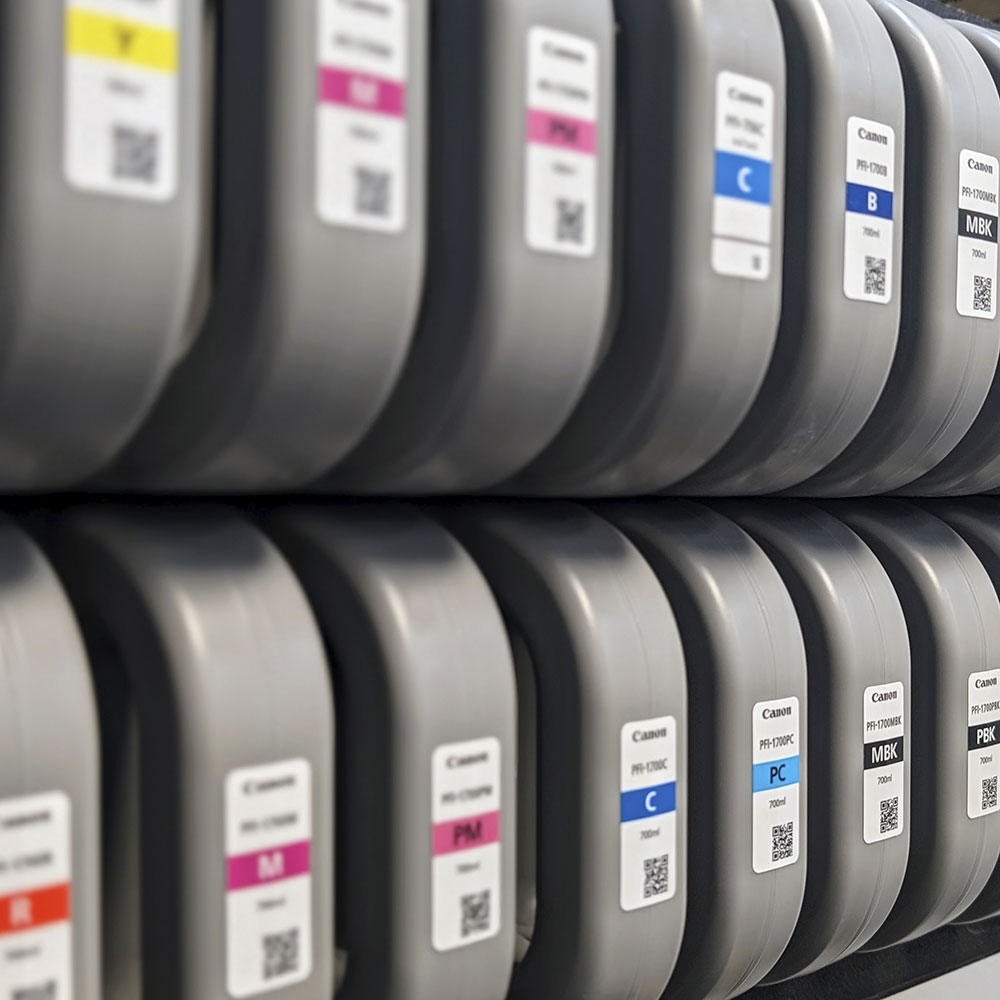Sabal Singh (1848-1881) was a prince (Kunwar) of Badnor, a fiefdom of the princely state of Mewar in Rajasthan. Badnor was founded in 1554 when Thakur Rao Jaimal (r. 1554-1568) was awarded a land grant (jagir) by Maharana Udai Singh II of Mewar (r. 1537-1572). Badnor’s chiefs thereafter remained closely allied with Mewar’s ruling family. This portrait of Sabal Singh and its companion were produced in the late 19th century when artists moved freely between the Udaipur court and its various principalities. This exposed the artists and patrons to varying court stylistic traditions and engendered the assimilation of Western portraiture modes found in European painting and contemporaneous photography. Accordingly, rather than being traditionally portrayed in profile, Sabal Singh is innovatively seated frontally with his gaze turned away from the viewer. The full potential of the oil medium was not realized, however, as the painting is otherwise treated simply as an oversize portrait executed in a traditional flat style. Sabal Singh has a fashionable flaring beard and moustache. He wears a turban with a jigha (turban ornament) on the side and a forehead ornament consisting of a circlet and pendant; pearl and emerald necklaces with bejeweled golden pendants; matching bracelets and armlets; and a western Indian upper garment called a puthia. He has a dagger sheath tucked into his waistbelt and holds a sword with a gilded hilt and scabbard fittings.


